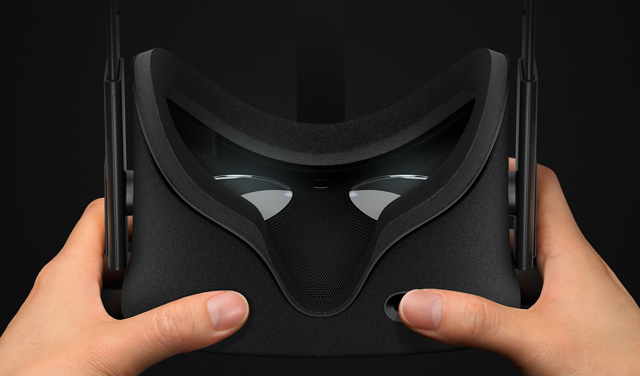Virtual reality may be the hottest technology trend now, with new headsets, cameras and content in high gear. But not everyone is enthused. Two naysayers have had big audiences for their caveats recently. The New York Times technology writer Farhad Manjoo has dubbed virtual reality “a prison of fantastical sights and sounds.” On Quora, a community-sourced Q&A site, military flight simulator expert Steve Baker wrote VR headsets are a major health hazard that can disorient the human brain and damage the eyes.
In The New York Times, Manjoo says that, “the whole point of virtual reality is to create a fantasy divorced from the physical world,” but opines that “in many ways, the simulation is too immersive.” He tested the Oculus Rift and the HTC Vive, and concludes that, “VR will be used by the masses one day, but not anytime soon.”
“I’m not sure we’re ready to fit virtual reality into our lives, no matter how excited Silicon Valley is about it,” he notes.
His reasoning is that VR “leaves your body helplessly stuck in the physical world while your mind wanders,” an experience he says is “a lonely, sometimes antisocial affair that does not allow for multitasking, for distraction or for the modern world’s easy interplay of the real and the digital.”
Manjoo quotes Stanford’s Virtual Human Interaction Lab director Jeremy Bailenson, who reports that, “immersion comes at a cost.” “I’m a real proponent of being careful how we use it, because immersion is not free,” says Bailenson. “It’s perceptually taxing at times, and it’s not something that we can use the way we use other media, for hours and hours and hours a day.”
In Bailenson’s lab, subjects never wear VR helmets more than 20 minutes, with lots of breaks. Although designing your IKEA kitchen might be a useful VR experience, concludes Manjoo, virtual reality is simply too immersive for most media.
Military simulator expert Baker calls VR headsets “major health hazards” and believes they should be banned — although he predicts VR will fade away like 3D TV. According to VR Talk, Baker reports that the U.S. Navy doesn’t recommend that anyone fly or drive for 24 hours after a flight simulation; he “compares the side effects of lengthy virtual reality sessions to that of being intoxicated from alcohol.”
An additional problem, Baker says, is that “VR creates a disconnect with the eye’s ability to focus and converge on objects, and can greatly strain the eye’s important inter-ocular muscles.” He scoffs at the theory that lower latency and higher resolution displays will “fix” the problem of VR nausea, noting that the U.S. military’s $80,000 goggles top the specs of today’s VR headsets — and still make people sick.
“The problem is that the people who make those claims are either ignorant (or are deliberately ignoring) the evidence collected over 20 years of flight simulation experience with VR goggles,” Baker says. “Worse still, there is strong research evidence that the harm they cause extends for as much as 8 hours AFTER you stop using the goggles.”
However, according to ETC’s Phil Lelyveld, “The $400K F-35 AR HMD obviously bypasses some of [Baker’s] objections. And since ‘VR’ spans from 360 video to full immersion, there will be a shake-out of what works and what doesn’t without killing the whole VR market.”


No Comments Yet
You can be the first to comment!
Sorry, comments for this entry are closed at this time.